Guide to Dynamic Native Ads

Native ads are advertisements that don’t take the appearance of traditional advertisements that openly push a product or service.
When you take a piece of branded content in a form that mimics or imitates that appearance of where it’s placed, that piece of content becomes native advertising.
Unlike banner ads or display ads, native ads don’t appear like ads. They are non-disruptive and look like part of the editorial flow of the page.
Dynamic Native Ads
Such ads enable brands to easily re-engage their website visitors with personalized ads across different channels and devices. Depending on a visitor’s browsing activity on your website, these ads can feature top, recommended, and previously-viewed products and services.
A dynamic native ad usually displays one image pulled from your product feed, a title, a description, and your company name. Dynamic advertising is typically centred around reaching a previously defined target audience persona in order to serve them the most relevant brand messaging.
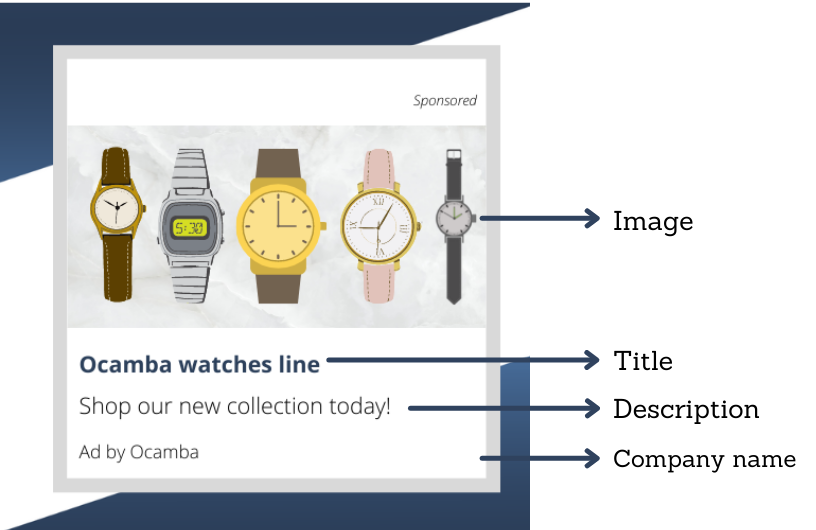
Dynamic native ads are created and served based on user behavior, which is why they’re frequently used for retargeting purposes.
In other words, you can use dynamic native ads to affect interaction with your target audience. The main idea behind these ads is that they vary depending on the sets of data available and can change according to the viewer.
The Benefits of Dynamic Native Ads
Recent research strongly points out the effectiveness of native advertising, which now accounts for more than two-thirds of all digital advertising spend of marketing. Consumers look at them more frequently than display ads. Compared to banner ads, native ads have a higher lift in brand affinity and purchase intent responses. And because they aren’t pushy or sales-y, consumers would rather share a native ad with a family member or a friend than they would a display ad.
As for dynamic native ads, in particular, they bring a wide range of benefits of the table, such as:
Better ad visibility - your potential customers will appreciate the customization and relevance of your campaign thanks to dynamic native ads. Additionally, search engines have also been shown to positively respond to dynamic ads.
Driving performance - since dynamic native ads target potential customers with customized messages, it’s understandable why they get a better clickthrough rate.
Brand loyalty - dynamic native ads allow you to put out more relevant offers that cater to your users’ needs, which makes them more likely to come back repeatedly.
Of course, every coin has two sides, so even if leveraging dynamic inventory seems like a great choice, there are a few issues you should bear in mind.
First, developing strategies for each target persona and creating relevant content is more expensive compared to launching one set of ads for the entire target audience.
Second, creating a successful dynamic native ads campaign requires more effort on your side as well as better advertising expertise.
Types of Dynamic Native Ads
Native ads can take several different forms. Within the sector, we have many popular terms like content widgets, content recommendation, branded content, true native, premium native, in-ad native, and so on.
If you’re new to native advertising, this can bring up a lot of confusion, as some terms mean the same thing while others have subtle differences.
There are three major forms of native advertisements:
1. In-Feed/In Content Ads,
2. Content Recommendation and
3. Branded/Native Content.
In Feed/In Content Ads
These ads are paid placements that appear directly with other editorial content, posts or articles. If you are seeing sponsored posts on a publisher’s website or in your social media feeds, you should know that those are in-feed/in content ad units.
Such content shows up on the website or social media platform in a format that matches all other content from the publication (to provide an uninterrupted flow) and is marked as sponsored. Since they fit into each website’s unique user experience, in-feed/in-content ads look different from website to website.
In-Feed Native Ads are typically placed in content and article feeds. As users scroll through the listing of articles, an editorial is mixed with native ads. In-Content Native Ads are placed primarily on article pages, below the article or in between paragraphs, designed in a way that they match the aesthetics and design of the surrounding content experience.
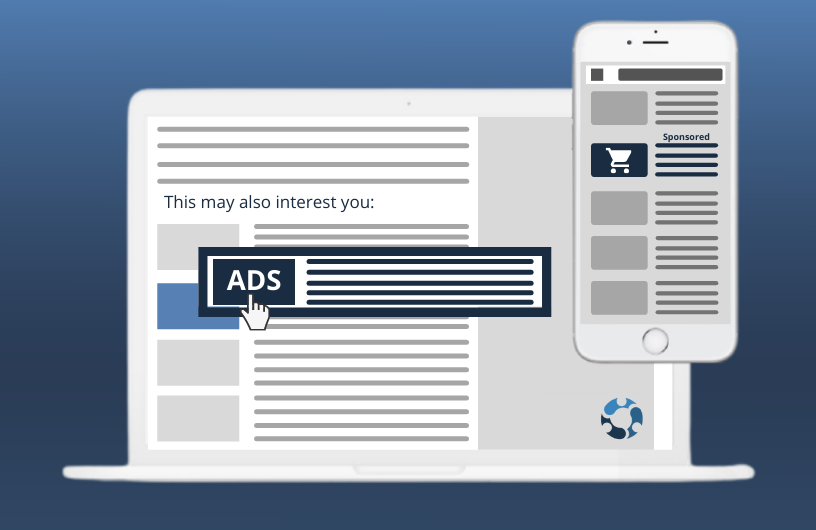
The main types of feeds where Dynamic Native Ads appear are:
1. Social feeds - Typically include articles, images, videos, articles, and music branded/native content.
2. Product feeds - Typically include app-install, product or services branded/native content (e.g., app listings and retail sites like eBay and Amazon).
3. Content feeds - Typically include images, video or articles branded/native content (e.g., news aggregators and publisher content websites).
Content Recommendation
Also known as Content Recommendation Widgets, Sponsored Content, and Content Discovery Ads. Content Recommendation Ads are a type of native ad that is displayed alongside other ads, editorial content, or paid content.
They are typically found to the side of a page or below publisher content (e.g., article), in a feed, and even in search engine results pages to recommend other content that you might like.
When you click on this type of ad, you’ll be redirected either to another of the source publisher’s pages or an external URL/page.
The Ocamba platform offers the possibility to create and publish dynamic native ads. Thanks to their Widgets feature, every user can additionally customize the appearance of their ads on their app or website with a simple implementation of javascript or HTML code.
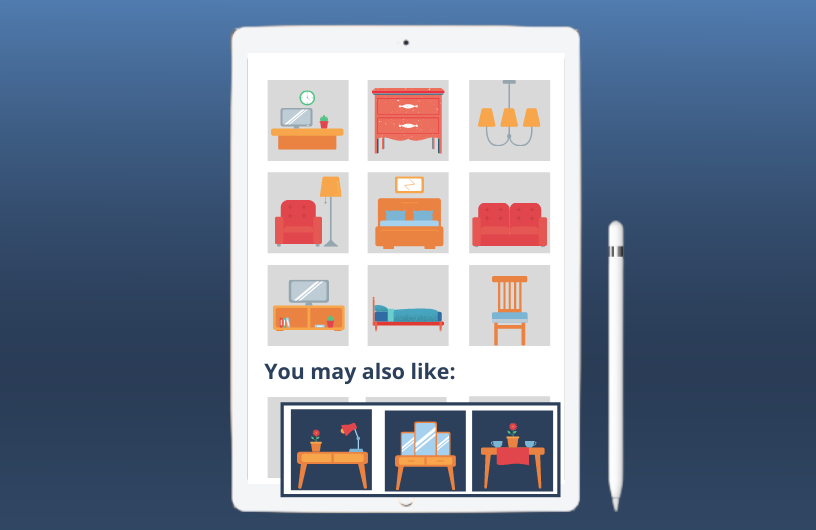
Branded/Native Content
Also known as Custom Content and Sponsored Content, Branded/Native Content is paid content that is published in a partnership between an advertiser and publisher. It involves a publisher creating a piece of content (in the same format as an editorial on the publisher’s site) for a brand that’s in line with the publisher’s tone of voice and their audience expectations.
This type of native ad is typically developed by the publisher, in collaboration with the brand’s content team, or by an independent content marketing company.
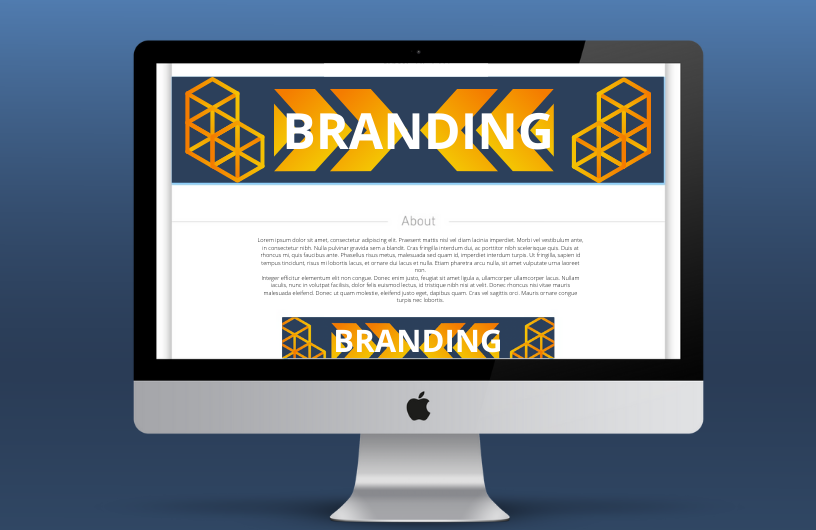
Pros and Cons of Using Dynamic Native Ads
Pros
- Reaching the most relevant target audience
Dynamic native ads can be optimized towards to most important target audiences because they mainly appear on platforms, blogs, and websites related to advertisers’ niches. People who visit specific websites and blogs are already interested in that niche, so they are more likely to click on a related piece of content if they see it (regardless of it being flagged as sponsored).
- Easier to catch people’s attention
Audiences better receive native ads. Other types of marketing ads appear too pushy while native ads don’t, which is why it’s more likely for people to pay attention to them. They get more shares when done right, dynamic native ads have great chances of getting more shares and going viral. When people like content, they will happily share it.
- Not having to deal with account banners
When it comes to publishing ads on Facebook, every marketer has had their ad account banned at some point. On the other hand, most native ad platforms don’t rely on algorithms but on manual checks. Your ad will get rejected only if you violate specific policies, meaning that it’s easier to get your ad approved.
- More credibility
Dynamic native ads give brands more space to provide real value and convince their audience they want to share relevant, empowering, and useful information. And what is the reward for this move? Credibility and loyalty.
Cons
- Measuring can be an issue
As we mentioned earlier, creating and launching a successful dynamic native ads campaign requires more expertise. When it comes to measuring the results and determining whether this type of advertising really works for your brand, you will need to know which metrics to track.
- It takes time and labour
Without relevant experience and the right people, creating a dynamic native ad will be challenging and take up much of your time. The whole process of crafting a compelling native ad campaign involves a lot of collaboration and multiple rounds of review that’s done over a long period of time.
- Too much discretion
Native ads can appear to be too discrete, while consumers should only be exposed to ads that are clear, engaging, and fair. To avoid this, the Federal Trade Commission created the Native Advertising guide to ensure that advertisers are using clear labels and terminology in their ads to avoid deceiving their viewers.
- Regular content and landing page updates
Since the goal of dynamic native ads (or any type of ads whatsoever) is to boost engagement, you must be ready to deliver when it goes up. That is why you will have to optimize all your content and landing pages to make sure it all delivers seamless customer experiences and matches its corresponding ad.
Monetizing Your Dynamic Native Ads
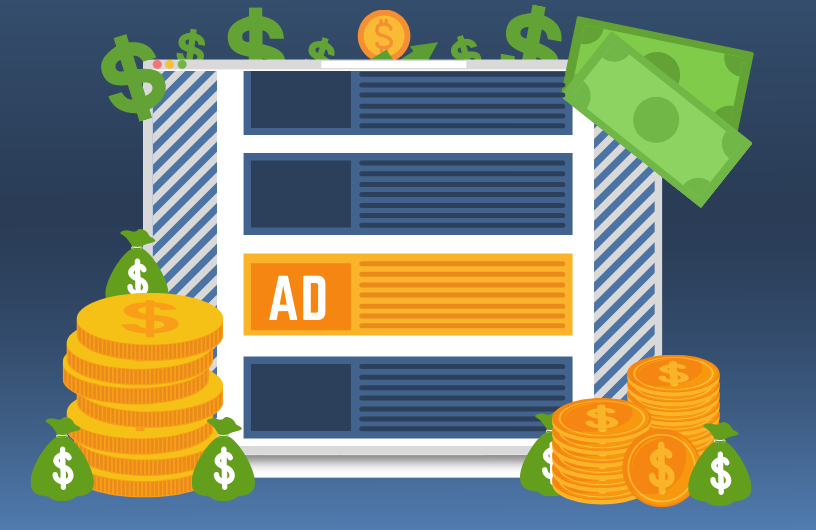
To some advertisers and publishers, native advertising is still a non-conventional revenue stream. But it is actually not so new because it has its effectiveness proven long ago.
Dynamic native ads are contextually relevant, which is why they are so effective in promoting user response, improving brand image, and increasing visibility. All that ultimately leads to a higher ROI.
Nowadays, native ads are the preferred ad format for both brands and publishers. They can be leveraged in different monetization strategies, such as in monetizing apps, boosting publisher revenue, boosting website conversions, etc.
App Monetization
Dynamic native advertising is definitely one of the best ways to monetize your app.
Since native ads look more like an engaging piece of content rather than traditional ads, they are quite a flexible format that can complement your app’s design. They can integrate seamlessly by being customized to match the overall feel and style of your app.
Native ads are not disruptive to the user experience. They look like a part of the app experience and users are much likely to click on them. That makes them much more effective for both advertisers and app monetization. Native ads help get higher CPM (cost per thousand). Native ads do wonders when it comes to increasing engagement. When users engage with ads, it leads to higher CPMs and higher revenue. For example, a social app called Audience Network managed to get up to 120% higher CPMs after integrating native ads. Improving user retention. User retention is king when it comes to app monetization. On the other hand, obtrusive ads that don’t complement the user experience are often cited as one of the main reasons why people uninstall or neglect apps. Dynamic native ads are designed to complement the user experience and are found to generate a 3x increase in-app user retention.
No more banner blindness. Banner blindness is a phenomenon that refers to people ignoring banner ads on websites and apps because of their irrelevancy and intrusiveness. That significantly hurts CPMs because click-through rates are lower. With dynamic native ads, users choose how they want to engage with the ad and app.
Boosting Publisher Revenue
Dynamic native ads can help boost publisher revenue because they help users discover things they’re interested in while they are not looking for anything in particular. They can help tell captivating stories to promote content and lead users to sign up. Furthermore, they target the right people, helping to avoid wasting time and money by putting out ads in front of the wrong audience.
Boosting Website Conversions
Placing highly targeted ads in the right locations will always result in a high conversion rate. And because native advertising is so highly targeted and information is delivered in a stream, companies that employ it can expect better measurable results. The most critical component here is simply knowing your target audience persona.















 www.ocamba.com
www.ocamba.com